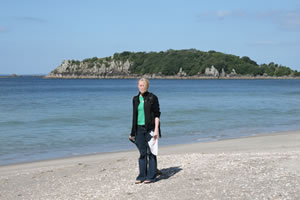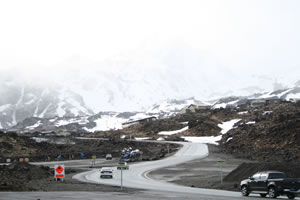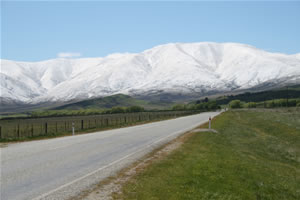- Home ›
- New Zealand Seasons
New Zealand Seasons
New Zealand seasons monthly calendar for all four seasons in NZ.
Spring is from September to November, summer is December through to February, autumn is March to May, with winter being June through to August.
July is usually the coldest month, and January and February are the warmest times of the year.
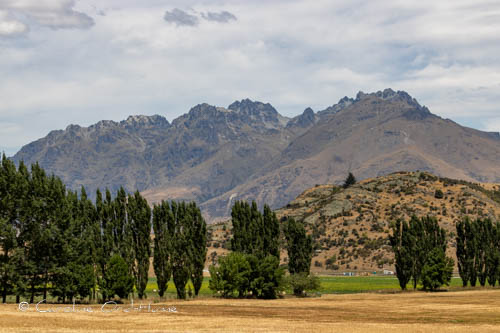
If it is summer warmth you are looking for you should plan your vacation for December through to March. If you are more interested in winter sports the best months to enjoy your holiday will be June through to early October.
At any time of year, campervans and motorhomes are a popular way of travel. There are excellent facilities on campsites no matter what the weather or time of year.
The Four Seasons in NZ
The four seasonal weather changes in NZ are spread across months of the year as follows:
New Zealand Spring
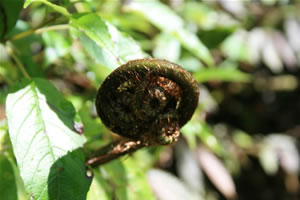

September, October, and November
From September to November is the season of spring in NZ. The weather is varied during spring, ranging from clear frosty nights to hot spring days. We experienced weather warm enough to be in shorts though... and of course, still got to see a bit of snow on the Southern Alps and while driving across Lewis Pass between the West Coast and Canterbury.
New growth can be seen in the New Zealand seasons spring with budding flora adding the spring seasons new burst of colour to the scenery.
The melting of snow as the temperatures rise in the spring causes higher river levels. It's a brilliant time of year for white water rafting and other river water sports.
A ferry trip on Milford Sound in Southland provides the opportunity to see hundreds of waterfalls appear around the sound that are not visible at other times of the year.
New Zealand Summer
December, January, and February
The southern hemisphere NZ summer! Sunshine, high temperatures, long daylight hours, mild evenings and nights. If you travel there during the Christmas holidays, don't be surprised to find yourself eating your Christmas dinner on the beach.
This season is ideal for participating in the huge variety of outdoor activities available right across the country. New Zealanders will be taking their summer vacations during these months, and it is a time of school holidays.
Be sure to book accommodation and activities early and make the most of the warm weather to sunbathe, swim, surf, sail, water ski, walk in the bush, or just tour in the summer New Zealand climate to take in the stunning and varied scenery.
A list of all regions to visit during summer.
New Zealand Autumn
March, April, and May
These are the New Zealand seasons autumn months when temperatures get a bit cooler than during the summer.
However, the weather is still excellent with outdoor activities such as walking, trekking, swimming and water sports often available right through to April.
There are warm sunny days to enjoy the autumn colours and the evenings are often still mild enough to be outdoors to enjoy the stunning sunsets such as from Hokitika beach.
A good time to visit Northland, Auckland, Bay of Plenty, Waikato, Gisborne Eastland / East Cape, Taranaki, Hawkes Bay, Manawatu-Whanganui, Wellington and Wairarapa.
New Zealand Winter
June, July, and August
This is the seasonal NZ climate that brings more rain to many areas of the North Island and snow covers the peaks of the mountains of both the South and North Islands.
The snow topped ranges provide a stunning backdrop to the scenery and the choices of winter sports are in abundance. Skiing and snow boarding are particularly popular in the Queenstown Otago area of the South Island and Tongariro National Park of the North Island. This is the time of year when New Zealanders can make the most of their winter sports and mountain regions.
More regions in the South Island for winter.
Even though the South Island is colder than the North, there isn't necessarily going to be very much rainfall in many areas and some can remain quite dry. Autumn is a good time to visit to see the spectacular change in scenery, from summer to winter. Make sure you plan visits to areas of natural beauty such as the glaciers on the West Coast, they are magnificent!
Road access from Te Anau to Milford Sound will most likely be closed to traffic for some of the winter depending of the snowfall or hazards of thawing snow. Generally the tour operators begin transporting tourists to the Sound again towards the end of the winter, beginning of spring.
Other mountain passes such as Arthurs Pass and Lewis Pass will have snow warning signs at the start of the pass and vehicle hire companies will offer snow chains to use on vehicles such as camper vans if your travel routes include mountain areas.
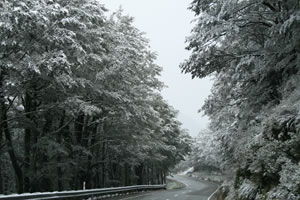
Lewis Pass Snow
